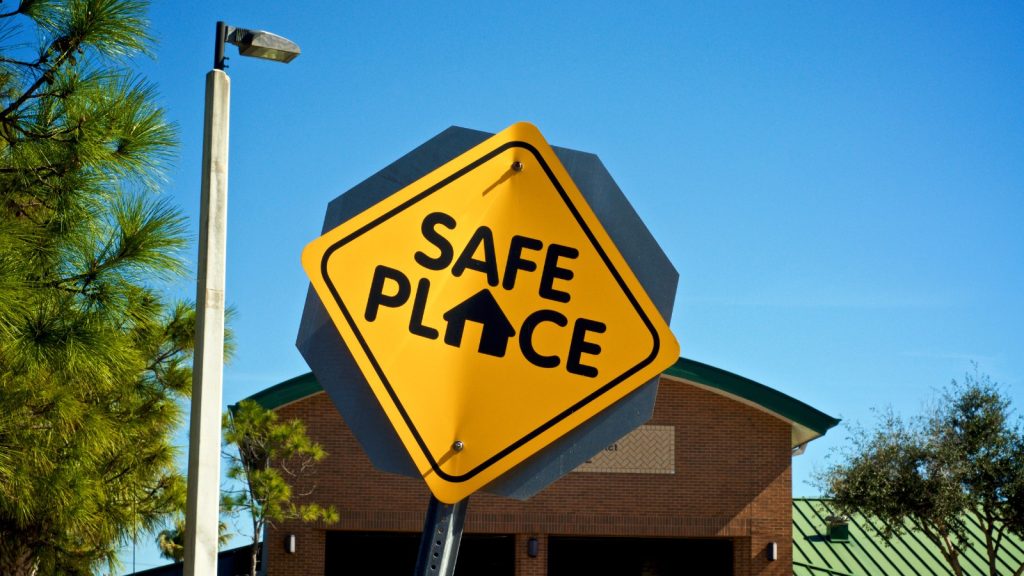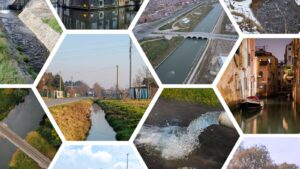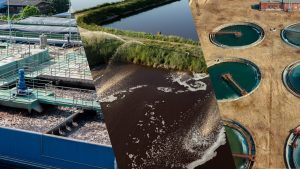Did you know that the year 2023 marks the highest number of road accidents in Australia? Yes, last year, a significant growth in road accidents was reported, and vehicle safety has now become a top concern for transportation authorities in Australia. The government, in association with road development bodies and technological companies, urges to find the best solution to prevent such accidents in the future. However, as an industry expert in the realm of transportation asset solutions, Tigernix is presenting today the best tools we have developed to offer you to decrease road accidents and boost vehicle safety on the one hand.
In this article, we will look into the Tigernix-pioneered technologies that can be utilised to improve road assets, from their construction and functioning to their maintenance.
Why has Vehicle Safety Become a Challenge for Australia?

- Before we begin, let us take a moment to explain why road and vehicle safety has become an eyebrow-raising concern for the Australian authorities.
- One key issue is the country’s vast and diverse geography, for sure. It presents unique challenges in infrastructure development and maintenance, particularly in rural and remote areas.
- Plus, Australia’s ageing road network and vehicle fleet contribute to safety concerns, as older vehicles might lack modern safety features. On the other hand, increasing urbanisation and population growth lead to higher traffic volumes and congestion, heightening the risk of accidents. When there are an unbearable amount of vehicles on the roads, this means that the road capacity will be out. The ultimate result would be road accidents.
- There are several other factors as well. You know that cultural factors such as attitudes towards road safety and enforcement effectiveness also influence vehicle safety challenges in Australia.
- Therefore, addressing these multifaceted issues requires comprehensive strategies. From infrastructure upgrades, vehicle safety regulations, and public awareness campaigns to take enforcement measures, Australia needs help from today’s modern technology for sure.
Key Technologies to Ensure Vehicle Safety on the Roads

Artificial Intelligence
AI is one of the many technologies that can be deployed to improve vehicle safety across all facets of road management.
If we begin with construction, AI aids in designing roads with predictive analytics, optimising layouts for safety and efficiency. During construction, AI-driven systems ensure adherence to standards, detect potential flaws in real-time, and enhance construction precision.
Post-construction, we see that AI can easily integrate with monitoring systems. This means it uses data from sensors, cameras, and IoT devices to assess road conditions and traffic patterns. This data fuels predictive maintenance algorithms, and they help identify areas that are highly prone to deterioration or accidents
On the other hand, this robust technology enhances traffic management through dynamic signal control and congestion prediction. This is outstanding for mitigating risks and improving flow. It is a progressive trend that AI-driven autonomous vehicle technologies contribute to safer driving experiences in today’s world. It can minimise human error and react swiftly to hazards.
How can we forget those continuous learning algorithms embedded in AI systems and their benefits in refining the technology? Yes, it helps with adapting to evolving road conditions and emerging safety challenges. With this comprehensive strategy, AI empowers road management authorities to actively guarantee vehicle safety, from construction to continuing monitoring and operation, resulting in safer travel for all users of the road.
Digital Twin
This is another sophisticated technology that can be employed to optimise vehicle safety in Australia. During construction, authorities can simulate various design scenarios to identify potential safety risks and optimise layouts for maximum safety and efficiency. Throughout its lifecycle, Digital Twin technology continuously collects data from sensors embedded in the road infrastructure, monitoring conditions such as pavement quality, visibility, and traffic flow.
This data clears the way for predictive maintenance, allowing authorities to address issues before they pose safety issues. In addition, the Digital Twin system assists authorities in simulating and analysing traffic patterns, optimising signal timing, and implementing dynamic lane configurations to improve safety and reduce congestion.
Since this can integrate with vehicle-to-infrastructure (V2I) communication systems, Digital Twin paves the way for real-time alerts and interventions to prevent accidents and ensure safe driving conditions.
It is a 360-degree view the authorities receive through Digital Twin technology!
CCTV
Closed-circuit television, or CCTV, systems are quite beneficial in enhancing vehicle safety throughout the lifecycle of road infrastructure. Let us prove how.
It goes as follows: During construction, CCTV cameras provide real-time monitoring of construction activities, ensuring adherence to safety protocols and detecting potential hazards. Once constructed, CCTV cameras are strategically deployed along roadways to monitor traffic flow, identify congestion points, and observe driver behaviour.
This data aids road management authorities in optimising traffic management strategies and implementing measures to alleviate congestion and reduce the risk of accidents. In this scenario, CCTV footage also serves as valuable evidence for investigating accidents and enforcing traffic regulations.
The best thing about this technology is that CCTV systems can be integrated with advanced analytics and machine learning algorithms. That is how they become vital assets in order to detect anomalies such as sudden stops, wrong-way driving, pedestrians in prohibited areas, etc. It skillfully allows swift intervention to prevent accidents.
It is pretty obvious that CCTV cameras make way for remote monitoring of road conditions. However, this allows authorities to promptly address issues such as debris on the road or malfunctioning traffic signals.
Satellite Technology
Did you know that satellite imagery provides high-resolution views of construction sites during the construction phase? Yes, it aids in planning, surveying, and monitoring progress. This helps ensure adherence to safety standards and enables authorities to identify potential challenges or issues early on.
Once constructed, satellite-based navigation systems, such as GPS, provide real-time positioning data to vehicles. Not to mention that the latter improves route planning and reduces the risk of accidents through accurate navigation. Also, satellite communication encourages continuous monitoring of vehicle locations and speeds, which will allow authorities to detect incidents and provide timely assistance.
In another way, satellite imagery and remote sensing technologies can be used to monitor road conditions. It will be easier to detect hazards like landslides or flooding and assess infrastructure integrity if this technology is in place.
Predictive and Prescriptive Analytics
You may know that these interwoven technologies can offer powerful foreseeing capabilities for any industry. Road development is no exception. During construction, predictive analytics utilise historical and real-time data to forecast potential safety risks and optimise design choices, ensuring safer road layouts.
Post-construction, prescriptive analytics algorithms analyse vast amounts of data from sensors, cameras, and other sources to detect patterns indicative of potential problems or areas requiring maintenance. This gives the authorities the opportunity to promptly address issues before they become irreversible safety concerns.
On the other hand, predictive analytics models can forecast traffic patterns and congestion as well. This allows authorities to implement proactive measures such as dynamic signal control and alternate routing to improve traffic flow and reduce accidents.
While everything goes smoothly, prescriptive analytics can provide recommendations for optimising road maintenance schedules based on predictive models of deterioration. This will ensure infrastructure reliability and safety over the next 15 years.
Creating Accident-Free Routes in Australia with the Right Technologies

The priority in the transportation ecosystem should be given to building and maintaining safer roads for passengers. This is where you need cutting-edge solutions and tools like the Tigernix Transportation Asset Solution. Through collaboration with the right partner, Australian roads will be accident-free zones in the near future.







